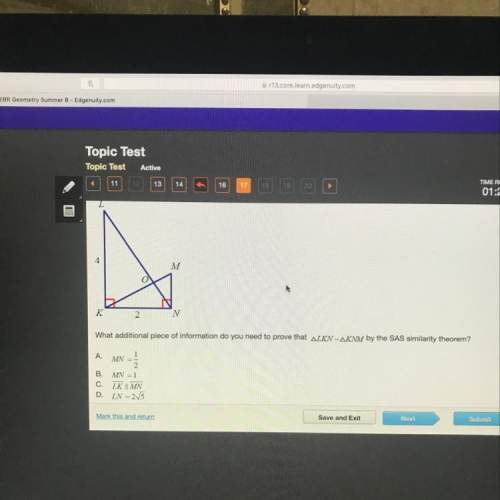
Mathematics, 13.05.2021 18:20 mophillips20202
A lot of attention has been paid recently to portion size in restaurants, and how it may affect obesity in North Americans. Portions have grown greatly over the last few decades, but is this phenomenon new? Wansink and Wansink (2010) looked at representations of the Last Supper in European paintings painted between about 1000 AD and 1700 AD. They scanned images and measured the size of the food portions portrayed. The data from their study are given in the file 'LastSupperPortionSize. csv'. Use loess regression to pass a smooth curve through these data, treating 'year' as a predictor and 'portionSize' as a response. According to the loess model, the smallest portion sizes were drawn during which of the intervals listed below? 1400-1500 1500-1600 1600-1700 1000-1200

Answers: 3


Another question on Mathematics

Mathematics, 21.06.2019 17:30
If jaime wants to find 60% of 320, which table should he use?
Answers: 1

Mathematics, 21.06.2019 18:20
Me solve this problem, and someone clearly explain to me how to solve it.1.) use the value of the discriminant to determine if the given trinomials has 2 real solutions, 1 real solution, or no real solutions.a. x2 − 4x − 7 = 0b. 4r2 + 11r − 3 = 0c. 3m2 + 7 = 0d. t2 + 2t + 1 = 0
Answers: 1


Mathematics, 21.06.2019 21:30
In a test for esp (extrasensory perception), the experimenter looks at cards that are hidden from the subject. each card contains either a star, a circle, a wave, a cross or a square.(five shapes) as the experimenter looks at each of 20 cards in turn, the subject names the shape on the card. when the esp study described above discovers a subject whose performance appears to be better than guessing, the study continues at greater length. the experimenter looks at many cards bearing one of five shapes (star, square, circle, wave, and cross) in an order determined by random numbers. the subject cannot see the experimenter as he looks at each card in turn, in order to avoid any possible nonverbal clues. the answers of a subject who does not have esp should be independent observations, each with probability 1/5 of success. we record 1000 attempts. which of the following assumptions must be met in order to solve this problem? it's reasonable to assume normality 0.8(1000), 0.2(1000)%30 approximately normal 0.8(1000), 0.2(1000)% 10 approximately normal srs it is reasonable to assume the total number of cards is over 10,000 it is reasonable to assume the total number of cards is over 1000
Answers: 1
You know the right answer?
A lot of attention has been paid recently to portion size in restaurants, and how it may affect obes...
Questions


Physics, 03.10.2021 20:30


Mathematics, 03.10.2021 20:30

History, 03.10.2021 20:30

Mathematics, 03.10.2021 20:30




Mathematics, 03.10.2021 20:30


Advanced Placement (AP), 03.10.2021 20:30





English, 03.10.2021 20:40


English, 03.10.2021 20:40




